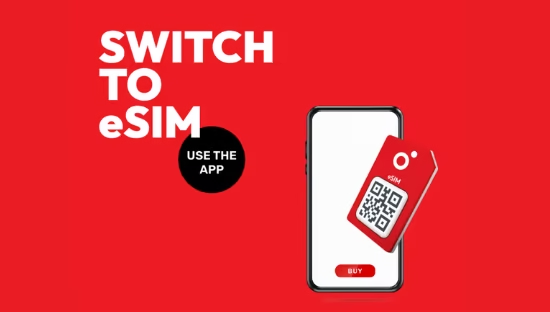
EU at a Crossroads: How to Solve the 6GHz Spectrum War Between Wi-Fi and Mobile Giants
The European Union finds itself at the center of a digital policy battle that could shape its technological competitiveness for decades to come. 6GHz spectrum EU
At stake is the future of the upper 6GHz spectrum (6.425–7.125 GHz), a critical frequency range that both Wi-Fi advocates and mobile network operators claim is essential to Europe’s digital future.
The 6GHz Dilemma: Competing Priorities
A broad alliance of 58 technology organizations and internet providers, led by the Dynamic Spectrum Alliance, is lobbying the EU to open the upper 6GHz band for unlicensed use, enabling the rollout of next-generation Wi-Fi 7. They argue that expanding Wi-Fi capacity is necessary to meet the growing demand for seamless, high-speed indoor connectivity and to maintain digital parity with regions like the U.S., Canada, and South Korea—all of which have already embraced Wi-Fi 6E and 7.
Meanwhile, European telecom giants including Vodafone, Deutsche Telekom, and Orange are pushing in the opposite direction. They want exclusive rights to the upper 6GHz band to support 5G and eventually 6G networks, asserting that a lack of dedicated mid-band spectrum will cripple Europe’s mobile innovation and infrastructure investments.
Why This Matters
Beyond technical debates, the spectrum tug-of-war could have significant economic and geopolitical consequences. According to a McKinsey report on connectivity ecosystems, delayed spectrum policy decisions can reduce GDP growth potential by up to 1% annually, as digital infrastructure rollout slows. The EU, already playing catch-up with U.S. and Asian connectivity leaders, risks falling even further behind if spectrum decisions are not timely and strategic.
The Wi-Fi Precedent and Its Success
There is already a precedent that supports unlicensed access: the lower 6GHz band (5.925–6.425 GHz) was made available for Wi-Fi 6E in the EU and has shown a substantial positive impact without major interference issues. Enterprises, schools, and public facilities are benefiting from this expanded capacity, prompting many stakeholders to argue that extending access to the upper 6GHz band would naturally continue this momentum.
The Myth of Incompatibility: Exploring Coexistence
Mobile industry groups, represented by the GSMA, argue that coexistence between Wi-Fi and cellular technologies is technically infeasible. However, this claim is increasingly being challenged by independent studies and real-world cases. For instance, the U.S. Citizens Broadband Radio Service (CBRS) allows shared access to the 3.5 GHz band through automated spectrum coordination, demonstrating that dynamic, real-time spectrum sharing can work when backed by proper technology and governance.
Additionally, the UK’s Ofcom is examining similar hybrid approaches—including time-based or geolocation-based access—for future mid-band spectrum planning. These flexible models could be applied in the EU, allowing mobile networks and Wi-Fi systems to operate in harmony based on use-case demand.
A Path Forward: Dynamic Spectrum Sharing
Dynamic Spectrum Access (DSA) and Automated Frequency Coordination (AFC) are promising technologies that could enable real-time sharing of the upper 6GHz band. By leveraging usage data, these systems can allocate spectrum resources to either Wi-Fi or mobile users as needed, reducing interference and optimizing efficiency. A 2024 study published on arXiv further validates that such coordinated approaches significantly improve spectrum utilization.
To move in this direction, the EU must invest in:
- Standardized AFC systems
- Collaborative governance frameworks
- Pan-European harmonization, to prevent policy fragmentation across member states
The Need for Coordination
Europe’s success will also hinge on coordination through the Radio Spectrum Policy Group (RSPG). Without harmonized policy, the EU risks a fragmented spectrum environment that could hinder device compatibility and service rollout. The RSPG’s 2023 recommendation calls for a unified decision on upper 6GHz use by 2026, warning that delay would weaken Europe’s digital single market.
Final Expert Recommendation
The EU should pursue a tiered dynamic spectrum sharing strategy that enables both Wi-Fi and mobile operators to benefit from the upper 6GHz band. This includes:
- Time-based and geolocation-based access models
- Automated coordination via AFC platforms
- Robust monitoring and periodic impact reviews
Backed by public-private collaboration and harmonized policy enforcement, such a hybrid solution can ensure Europe maintains its technological sovereignty while supporting both consumer connectivity and future mobile innovation.
The EU stands at a pivotal moment. Its decision on the 6 6GHz band could either fuel a new era of digital innovation or slow its pace for years to come. Getting it right means embracing modern spectrum management tools, learning from global precedents, and ensuring that no technology is left behind.










